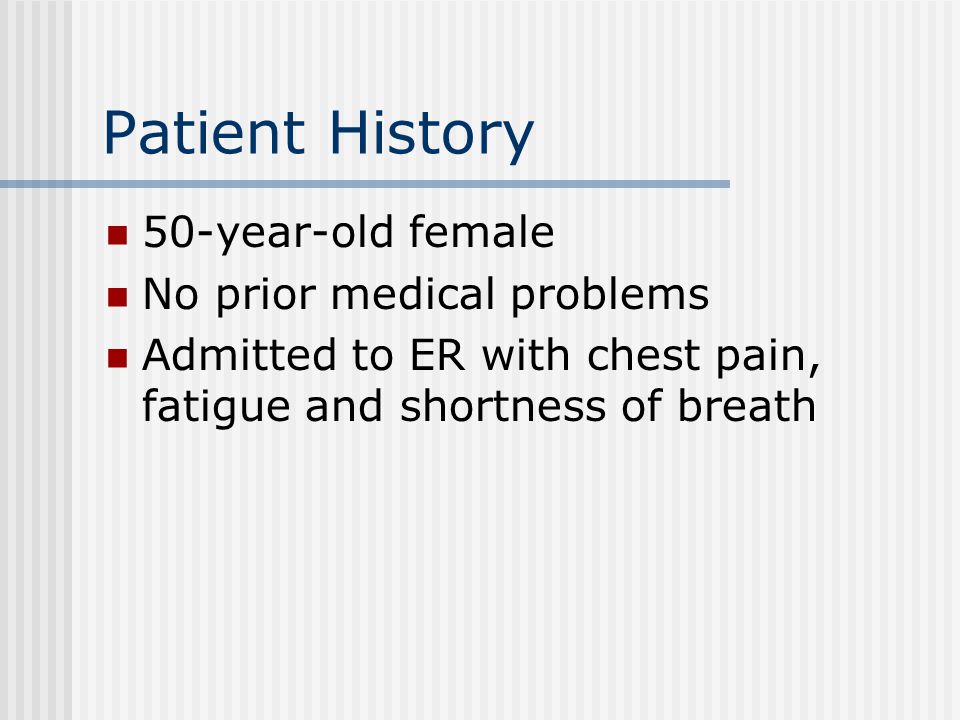Case Studies In Hematology And Coagulation Pdf Printer
1 California Association for Medical Laboratory Technology Distance Learning Program Hematology Case Studies: Platelets by Helen M. Sowers, MA, CLS Dept of Biological Science (ret.) California State University, East Bay Hayward, CA Dora W. Goto, MS, CLS, MT(ASCP) Laboratory Manager Bay Valley Medical Group Hayward, CA Course Number: DL CE/Contact Hour Level of Difficulty: Intermediate. Permission to reprint any part of these materials, other than for credit from CAMLT, must be obtained in writing from the CAMLT Executive Office. CAMLT is approved by the California Department of Health Services as a CA CLS Accrediting Agency (#0021) and this course is is approved by ASCLS for the P.A.C.E. Program (#519) 1895 Mowry Ave, Suite 112 Fremont, CA Phone: FAX: Notification of Distance Learning Deadline All continuing education units required to renew your license must be earned no later than the expiration date printed on your license. If some of your units are made up of Distance Learning courses, please allow yourself enough time to retake the test in the event you do not pass on the first attempt.

PATHOPHYSIOLOGY CASES FOR HEMATOLOGY 2005-2006. Blood and get thick smears; (2) press too hard and move slide with a jerky motion so. Hematology Page 5 Case 1. NOTE: Collection of blood for coagulation testing through intravenous lines that have been. Are discard tubes necessary in coagulation studies? 1997;28:530-533 5) Brigden ML. Coagulation Phase I.
CAMLT urges you to earn your CE units early! CAMLT Distance Learning Course DL-985 1 2 HEMATOLOGY CASE STUDIES: PLATELETS OBJECTIVES: After completing this course the participant will be able to: 1. Differentiate among the causes of thrombocythemia. Explain how to determine the platelet count when the count is above the upper reportable range of the analyzer. Estimate the platelet count from the blood smear.
List the signs and symptoms of Essential Thrombocythemia. Enumerate the causes of thrombocytopenia. Discuss the causes of pseudothrombocytopenia. Explain the methods of determining the causes of pseudothrombocytopenia. Case #1 A 44-year-old woman comes in for a complete blood count (CBC) as part of a routine physical exam. The results from the hematology analyzer, Cell-Dyn 1700 (Abbott Diagnostics), are: WBC 7.5 K/µL RBC 4.22 M/µL Lym 28.7% HGB 12.4 g/dl MID 10.4% HCT 38.6% Gran 60.9% MCV 91.4 fl MCH 29.3 pg PLT >>>>K/µL MCHC 32.0 g/dl RDW 13.5% MID cells may include less frequently occurring and rare cells correlating to monocytes, eosinophils, basophils, blasts, and other precursor white cells.
Questions: 1. What is abnormal about her CBC? Which parts can be reported?
What procedures can be done regarding the abnormal result? Epson Lq 500 Windows Xp. The platelet count is above the upper reportable range. The WBC histogram and 3-part differential are normal and can be reported.
The RBC histogram is normal and can be reported. To determine the platelet count: a. Make a 1:1 dilution of the whole blood and re-run the platelet count. Correct the platelet count for the dilution.
Cara Instal Printer Canon Mp237 Tanpa Cd more. Install Ubuntu On Hp Touchsmart Tm2 Tablet. Make a smear of the whole blood and examine for platelet morphology and numbers. CAMLT Distance Learning Course DL-985 2 3 Discussion: The platelet count on 1:1 diluted blood was 534, so the platelet count is 2 x 534 = 1,068 K/µL (normal is K/µL). On blood smears made from EDTA-blood and stained with a Romanowsky stain, platelets are round or oval, 2-4 µm in diameter, and separated from one another. The platelet count can be estimated from the smear.
At 1000x magnification (oil immersion), this is equivalent to about 7-30 platelets per oil immersion field (OIF). Count the number of platelets in 10 oil immersion fields. Divide the total by 10 to get the average number of platelets per field.
Each platelet seen on the smear equates to approximately 15,000/µL. Multiply the average number per OIF to get the platelet estimate 1. See Image #1. In this case the average number of platelets per field was 70. The estimate equals 70 x 15,000 = 1,050 K/µL. Epson M119d Driver Windows 7. Thus the platelet estimate derived from the smear in Images #1 and #2 correlates with the corrected platelet count of 1,068 K/µL. The causes of increased platelet counts include: Inflammatory disorders Iron deficiency anemia Splenectomy Chronic granulocytic leukemia Polycythemia vera Undetected cancer Essential (primary) thrombocythemia Since the patient had no symptoms, no history of splenectomy, and normal WBC and RBC hemograms, all except essential (primary) thrombocythemia can be eliminated or are unlikely.